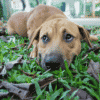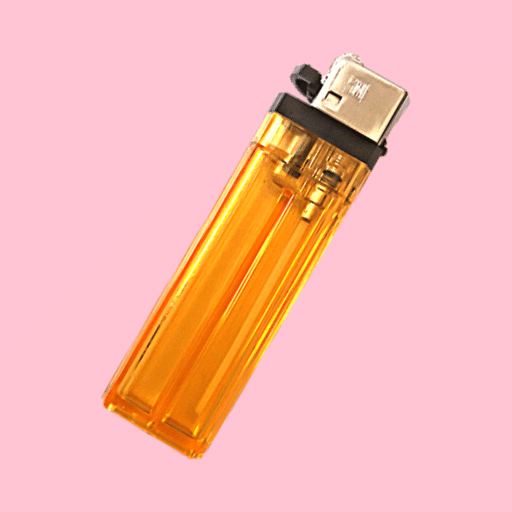Intriguing Injera: An East African Delicacy
Injera, a distinct flatbread deeply woven into the culinary traditions of East Africa, provokes curiosity and intrigue. Particularly, among dog owners who often find themselves mulling over its compatibility with their beloved canine companions. This question – a culinary enigma – echoes persistently: Can our cherished, four-legged friends safely partake in the enjoyment of this delightful delicacy? To unravel this mystery, we first need to comprehend what injera is and what makes it a dietary staple in many households.

Teff and Injera: A Nutritional Overview
At the heart of injera is teff, a resilient grain indigenous to Ethiopia. High in protein, rich in fiber, and brimming with minerals, teff forms the foundation of injera’s nutritional profile. This makes injera a beneficial and wholesome food for human consumption. However, as we delve into the complex realm of canine nutrition, it becomes clear that dogs and humans have vastly different dietary requirements. So, it’s prudent to scrutinize: are these nutrients from teff, while beneficial to humans, also suitable for our dogs?
Injera and Dogs: Weighing the Facts
Potential Benefits of Injera for Dogs
At a cursory glance, an occasional nibble of injera may not spell harm for dogs. Its fiber content could potentially support healthy digestion, and protein might contribute to muscle health. However, it’s crucial to remember that, unlike humans, dogs possess unique nutritional needs which may not be fulfilled by injera. Therefore, while some components of injera could provide potential benefits, it remains an open question whether injera serves as a viable addition to a dog’s balanced diet.
Possible Risks Associated With Injera for Dogs
However, caution becomes vital when the frequency and quantity of injera consumption escalate. Injera, despite its nutrient-dense profile for humans, isn’t specifically formulated for dogs. Consistently incorporating injera in a dog’s diet could potentially lead to nutritional imbalances, tipping the scales towards obesity and other health complications. It is also worth noting that injera’s unique texture and consistency might pose choking hazards if not properly chewed, especially for smaller dogs.
Veterinary Voices: Opinions on Injera and Dogs
Expert Perspectives
The complexity of this issue demands professional guidance. Veterinarians, with their expert understanding of canine health and nutrition, are best equipped to provide insights into this culinary conundrum. While a universal consensus remains elusive — with some vets sanctioning small, infrequent servings of injera and others advising against it — most emphasize the need for a balanced, dog-specific diet to maintain optimal canine health.
Canine Case Studies
It’s important to remember that, just like humans, every dog is unique. Therefore, reactions to injera may significantly vary among different dogs. Compounding this variability is the lack of significant research or case studies specifically investigating injera’s impact on a dog’s diet. This lack of data underscores the importance of caution and professional consultation when considering such dietary alterations.
Beyond Injera: Healthier Alternatives for Dogs
Tasty and Nutritious Treat Options for Dogs
With the diverse world of canine-friendly foods, why gamble on something uncertain? Consider treating your furry companions with a variety of dog-appropriate and nutrient-rich alternatives. Lean meats, certain fruits, and vegetables make for excellent treats, providing not only the enjoyment of a new food but also essential vitamins and minerals. Always remember: when introducing new foods, do so gradually and under a vet’s supervision to monitor any potential adverse reactions.
The Bounty of Commercially Available Dog-Friendly Foods
We are fortunate to live in a time where our marketplaces are teeming with high-quality dog foods. These are meticulously formulated by pet nutrition experts to cater to our canine companions’ specific dietary needs. Opting for these provides a balanced and convenient dietary option, eliminating the need for guesswork and ensuring that your dog’s health isn’t compromised.
- Shock Collars: Can They Cause Seizures in Dogs?
- Is Chickweed Poisonous to Dogs?
- Can Dogs Drink V8? [Detailed Guide]
Conclusion: Final Barks on the Matter of Dogs and Injera
While injera brings a delightful variety to our plates, its place in a dog’s diet remains less clear. Our four-legged friends, with their unique nutritional needs, require a diet thoughtfully designed for their specific health requirements. Always remember to consult with your vet before introducing new foods into your dog’s diet. And above all else, remember that moderation and careful consideration are paramount when introducing any new food item into your beloved pet’s meal plan. With proper care and caution, we can ensure our dogs enjoy a varied, balanced diet that supports their overall health and wellbeing.

Doctor of Veterinary Medicine (D.V.M.) at Nation Taiwan University,Master of Science (M.S.) in Biomedical Engineering at National Taiwan University of Science and Technology




